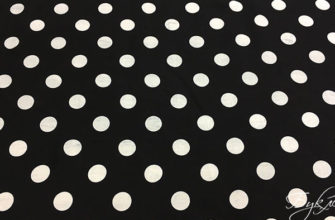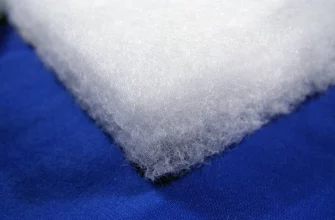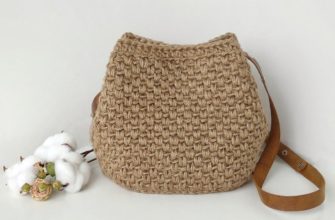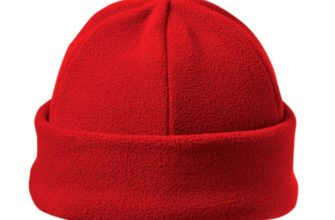Underwear is an important part of the wardrobe, but sometimes, and a source of problems with reproductive health. For this reason, it is important to give preference to the fabric for underwear not only for its presentability, but also for its functionality, carefully read the composition, pay attention to the presence of elastic.

Requirements for fabrics for linen
Lingerie is present on the body throughout the day. When choosing underwear, you should examine the fabric for compliance with certain requirements:
- Comfortable to wear, safe for health;
- Easy to care for;
- Elasticity;
- Attractiveness of appearance;
- Tactile sensations (softness of fabric).
To determine which fabric is best for underwear, you should consider each group - natural fabrics, synthetics, artificial. This significantly complicates the choice.
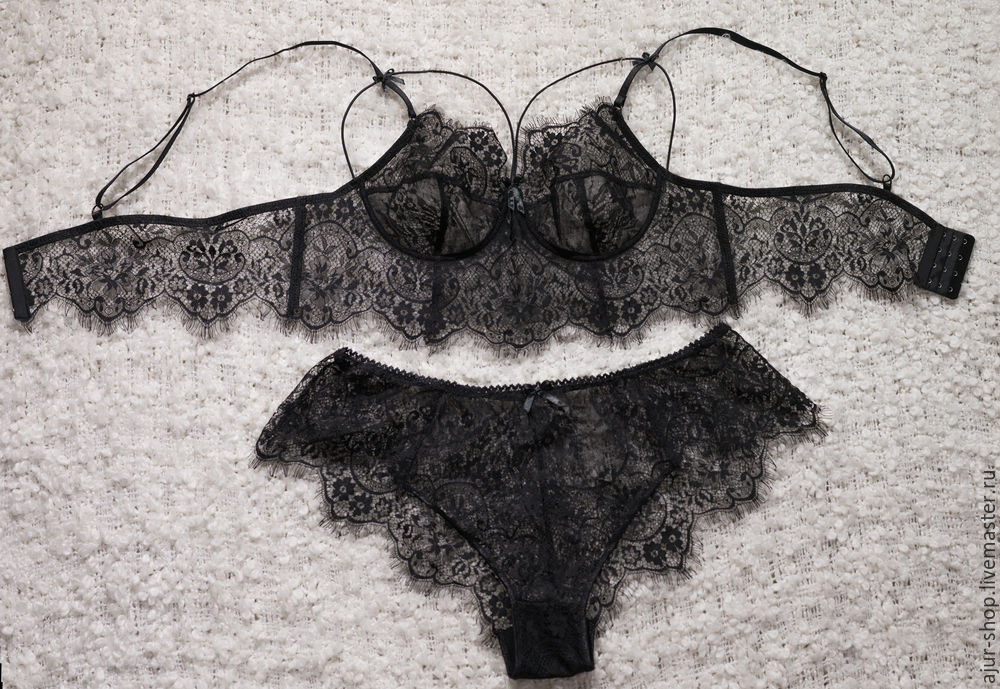
Main options
Best fabrics for underwear:
- cotton (satin, batiste, taffeta);
- viscose;
- modal;
- polyamide;
- polyester;
- elastane.
How to choose the best fabric for women's panties? It makes sense to consider the most important components that you need to pay attention to when choosing.
Natural fabrics
Cotton and silk are suitable for sewing underwear. Products made from them are safe for health. To improve strength and elasticity, the material contains an additive of lycra.
Important! In hot weather, preference should be given to silk products, and in cold weather, the best option is a cotton product.
Advantages:
- Soft, pleasant to the body;
- Moisture-absorbing, breathable;
- Hypoallergenic;
- Long service life, wear-resistant;
- There are no problems with care.
Important! Pregnant women, children, and athletes must wear underwear made of natural fiber with Lycra admixtures. Such a product perfectly retains its shape.
Synthetic and artificial
You can sew an item of underwear using artificial and synthetic fibers. But you should carefully consider the choice, taking into account the properties of the material.
Artificial (synthetic) fibers include:
- Viscose;
- Polyamide;
- Acetate;
- Polyester;
- Elastane.
Compared to natural fibers, they are less environmentally friendly, but have a number of advantages:
- Strength and wear resistance;
- Easy to care for - easy to wash, dries quickly;
- A variety of styles and sewing finishes;
- They don’t wrinkle and hold their shape perfectly;
- Elastic;
- Long lasting.
Products made from artificial materials are hypoallergenic, cases of individual intolerance are rare. Compared to cotton, such products last longer and do not lose their shape.
Synthetic fibers (bamboo) are used to make clothes, towels, and bedding. Due to the advantages of the material, the products are popular with consumers:
- Strength combined with softness and elasticity;
- Hypoallergenic and safe;
- Hygroscopicity;
- Neutralization of odors.
Pros and cons
| List of professions | Regulatory procedure for issuance |
| Builders | signal uniform; gloves; face and ear protection; vibration reduction equipment |
| Drivers | mittens; warm suit; special footwear |
| Loaders | overalls; gloves; jackets; trousers. |
| Sales staff | headscarves; gloves; robes |
| Agricultural staff | gloves; shoes; mittens. |
| Electrical workers | dielectric special gloves; special footwear; headgear; outerwear; thermal underwear for dielectrics. |
The following fibers are acceptable for use in the production of underwear:
- Acetate. Advantage - external attractiveness. Disadvantage - machine washing is excluded;
- Lilion meril - additional fibers. Use improves the strength, wear resistance and elasticity of the material;
- Microfibers (spandex, polyurethane, microfiber) are durable, hygroscopic, and do not cause discomfort when worn.
AdviceWhen choosing a fiber, take into account what kind of product you will be sewing - for everyday wear or for special occasions.
For everyday wear
When choosing sewing accessories for every day, you should pay attention to natural fibers - cotton and silk. The material is safe, hypoallergenic, and is perfect for children.
Options:
- Cotton + linen + lycra. Lycra will give the fabric elasticity;
- Batiste is a great option for the summer heat. The material breathes, holds its shape, and is environmentally friendly. The disadvantage is its short service life;
- Knitwear - convenience, lightness, all-season wear. With proper care - long service life.
Please note! Lingerie with synthetic decoration should not be chosen for children. Such a product can provoke an allergic reaction.
Beautiful lingerie for special occasions
Sewing underwear for special moments - a romantic date, a wedding night, is done from the following fibers:
- Atlas. Looks impressive, noble, with sophistication. In production it is used with additives, as impurities - viscose and cotton fibers. Advantages - durable, pleasant to the body, shrinkage is possible when washing.
- Guipure. Presentable appearance, elegance, airiness. To increase wear resistance and give elasticity, polyester and elastane are added to the fiber. The fiber holds its shape, is prone to mechanical damage.
Important. It is not worth wearing lace underwear all the time. The material causes irritation when worn daily.
You can also sew body clothing from other fibers:
- A great option for underwear for a special occasion is lyocell or tencel. The material is elastic, pleasant to the skin, and has a high cost.
- Nylon underwear is the worst option to wear - the fiber does not breathe and can cause irritation.
The best fabrics for panties
You should be careful when choosing the material for sewing underwear - discomfort, irritation, lack of air negatively affect the health of the reproductive system.
Optimal choice of fabric:
- Cotton is the best choice for baby clothes;
- Linen + lycra. Absorbs moisture, absorbs air, wear resistance;
- Viscose is pleasant to the body. It is applicable for sewing men's underwear.
- Microfiber - makes linen light. Such products perfectly retain color and warmth.
Best Fabrics for Bras
A wide range of materials can be used for sewing. However, it is recommended to purchase products that do not interfere with air exchange between the skin and the environment - cotton. Artificial additives are allowed for decoration - elastane, polyamide.
An excellent choice is products made of silk or satin, modal. A modal bra keeps its shape perfectly.
Please note! Nylon is the worst option for underwear. The best option to choose is products made of microfiber, tactel, elastane, lycra.
Care instructions
Washing underwear items is a guarantee of long-term use and maintaining the visual appeal of the products.
Depending on the main fabric, there are different care rules. Washing conditions are written on the product label, you should carefully read the fine print.
- Colored cotton. Recommended for hand washing, machine washing at up to 60°C, and if the product is thin, at 40°C. Use only detergents marked "for colored".
- White items are washed at high temperatures; the use of bleach is permitted for heavily soiled items.
- Viscose linen is washed at a temperature of no more than 40 °C and is not wrung out.
- Batiste requires delicate care. The fabric is hand washed at a water temperature of no more than 40 °C. Bleaching is prohibited. The items are washed separately from other items with the addition of a tablespoon of vinegar (1%).
Care for satin, guipure:
- Hand wash at 40°C;
- Wash with special products for delicate washing.
- Do not use granulated SMS, they may leave streaks;
- Soak for 10 minutes, rinse.
- The last rinse is done with the addition of a tablespoon of vinegar;
- It is not allowed to rub or squeeze the product vigorously.
- Machine wash on "Delicate" cycle with gentle detergents.
- The items are dried horizontally over the bath, shaking off the water, without wringing.
Important! Avoid drying near radiators or exposure to sunlight.
When bleaching guipure, it is prohibited to use chlorine-containing bleach. It is not difficult to prepare the product yourself. You will need:
- Water - 2l;
- Ammonia - 1 tsp;
- Hydrogen peroxide 3% - 2 tsp.
- Soak the product for 1 hour, wash and dry.
Care for synthetics:
- Hand wash at 40°;
- Rinse thoroughly;
- No wringing, drying outside, without exposure to sun or heat from radiators.
- The products are not bleached or boiled.
Important! If there is no contamination and there is no unpleasant odor, the items are soaked in conditioner for 2 hours.
Choosing a material for underwear is a responsible and important matter. When choosing, you should pay attention to high-quality natural fabrics and synthetic fibers.

